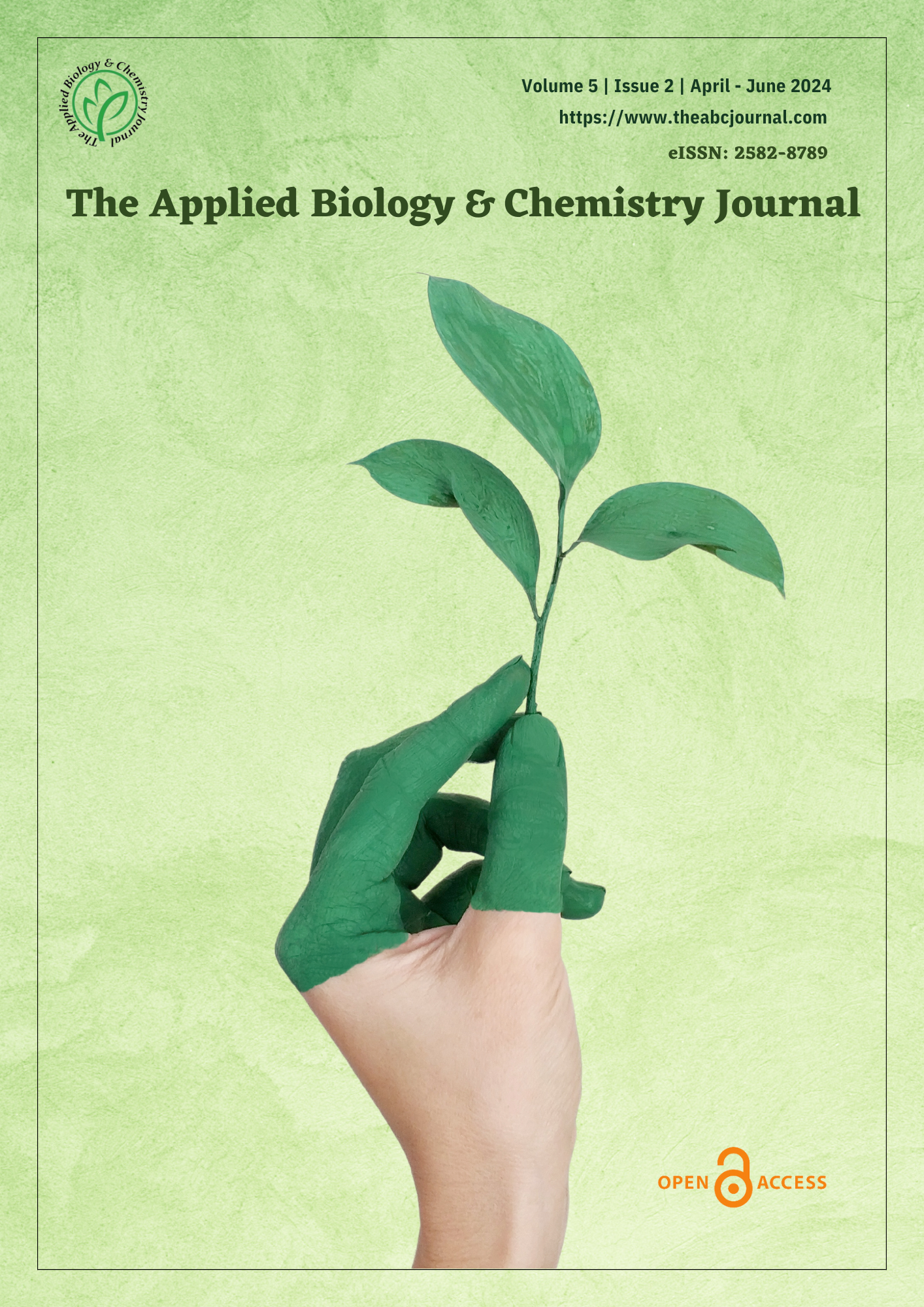Molecular design and virtual screening of chlorogenic acid analogues as potential CD14 inhibitors
DOI:
https://doi.org/10.52679/tabcj.2024.0005Keywords:
CD14, lipopolysaccharide, virtual screening, septic shock syndrome, chlorogenic acid, immunomodulatoryAbstract
Cluster of Differentiation-14 (CD14) is a glycosylphosphatidylinositol-anchored protein that binds lipopolysaccharide (LPS) and presents it to the toll-like receptor 4 (TLR4) - myeloid differentiation factor 2 (MD-2) complex. This activity encourages the production and release of regulatory molecules, including cytokines and other inflammatory substances leading to septic shock. Septic shock syndrome is one of the leading causes of mortality in hospital intensive care units (ICUs). Currently, no single therapy has proven effective in septic shock management. One of the most prevalent naturally occurring polyphenols in plants, chlorogenic acids (CGA) have a variety of biological functions that are advantageous to human health including reducing septic shock syndrome. This study aimed to explore analogues of CGA as potential CD14 inhibitors using in silico methods. A structure-based virtual screening was carried out, using a compound library of 69 small molecules (library A) and another optimized library of 69 small molecules (library B) along with the lipid A molecule in the hydrophobic pocket on the NH2- terminal side of the CD14 crystal structure, 1WWL.pdb. Nitrogen-containing derivatives and dicaffeoyl- substituted CGA analogues were found to have better binding affinity when compared to that of CGA and lipid A. CGA analogues were analyzed and seen not to be interacting with active site residues that are important for protecting CD14 from digestion, hence making it unavailable for LPS binding and activation. This study was able to predict potential CD14 inhibitors, which are synthesizable and can go on to be bio-assayed for immunomodulatory activities.
Downloads
Published
Issue
Section
License
Copyright (c) 2024 Olanike Catherine Poyi, Ukpe Ajima, Taiwo Emmanuel Alemika

This work is licensed under a Creative Commons Attribution-NonCommercial 4.0 International License.


